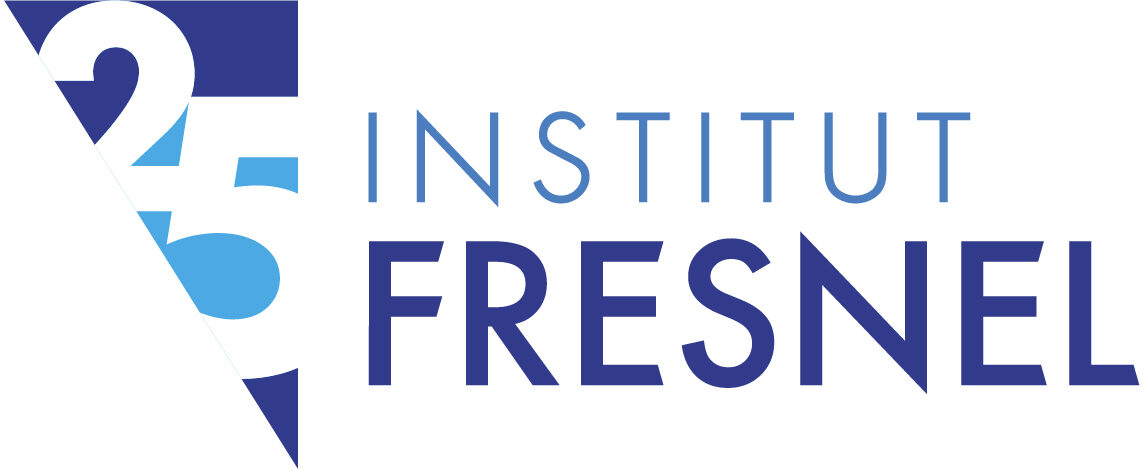Alexander Rohrbach will give a seminar untitled « Extracting object information from scattered light in super-resolution and lightsheet microscopy » on Wednesday, July 24 at 11:30 a.m. in our room Pierre Cotton.
Abstract : In modern fluorescence or super-resolution microscopy a large amount of the illumination photons are neglected or wasted, although they contain important object information. In this talk I give an overview over some concepts allowing to efficiently exploit the neglected excitation light, which is complementary to fluorescence light. Laser light can scatter significantly during propagation through cells, forming interference fringes and speckles. However, by concerting scattered photons correctly in time and space, they provide excellent image contrast, superior resolution in time and space and information about structural information of the specimen.
Example 1 : Rotating coherent scattering (ROCS) microscopy employs similar principles as structured illumination microscopy (SIM) which are oblique, modulating illuminations from different directions. While SIM modulates the intensity and typically excites /reads out green fluorescence, ROCS modulates the electric field and reads out the coherently backscattered laser light at blue wavelengths. ROCS is able to image life cells at >100 Hz and 160 nm spatial resolution with excellent contrast and without postprocessing.
Example 2 : Computer-hologram controlled lightsheet microscopy with (sectioned) Bessel beams and confocal slit detection is a high-tuned 3D imaging technique in scattering media. It provides unprecedented fluorescence image contrast and resolution for objects with diameters of several 100 µm. We show how forward (and sideward) scattered light can be retrieved, which contains unique object information.
Biography : I studied physics at the university of Erlangen-Nürnberg (Germany), where I did my diploma in 1994 at the institute of optics. During my PhD in physics in Heidelberg I investigated different kinds of light scattering at the University, as well as evanescent wave microscopy at the Max-Planck-Institute for medical research. In both cases I worked on applications in cell biology. After my PhD in 1998, I continued my research as a Post-Doc at the European Molecular Biology Laboratory (EMBL) in Heidelberg. I intensified my studies on microscopy, light scattering and optical forces. In 2001 I became project leader of the photonic force microscopy group at EMBL, where I concentrated on the further technical development of this scanning probe microscopy and on applications in biophysics and soft matter physics. In 2005 I got my habilitation in physics at the university of Heidelberg. Since January 2006 I have been a full professor for Bio- and Nano-Photonics at IMTEK, Faculty of engineering and since 2007 also a member of the physics faculty, University of Freiburg. I love mathematical models and I hate when the performance of scientists is squeezed into metric numbers.

